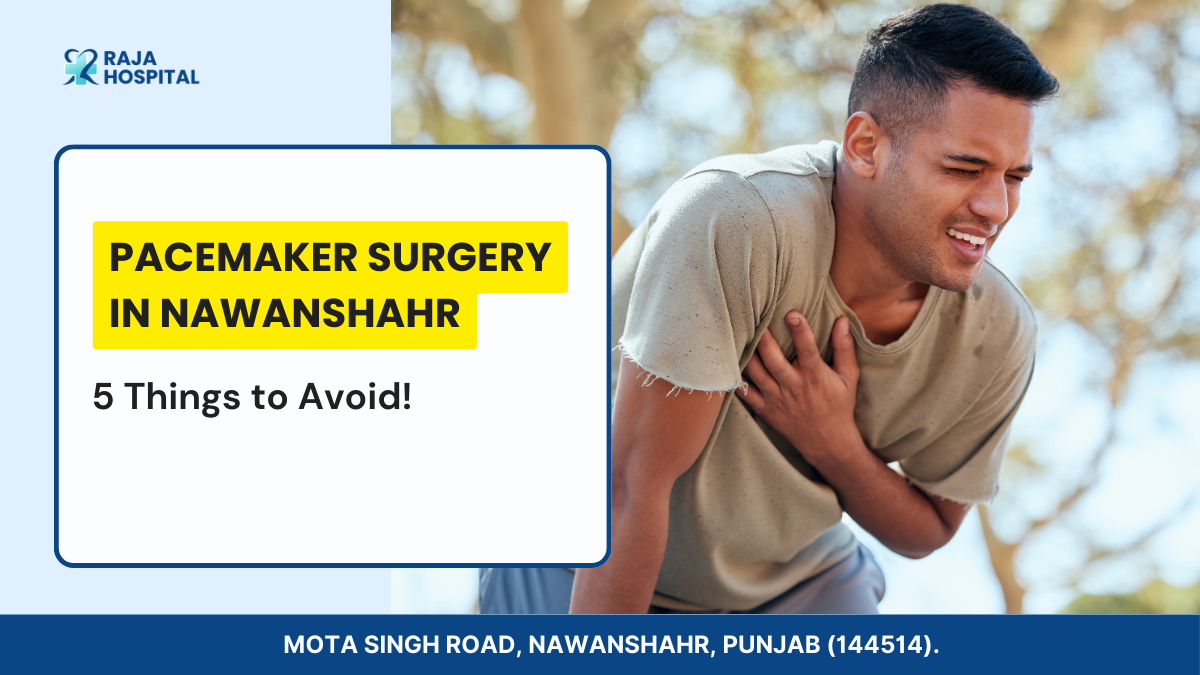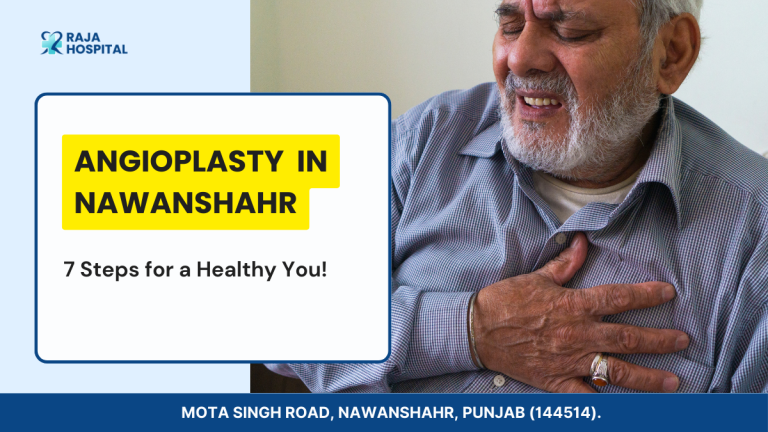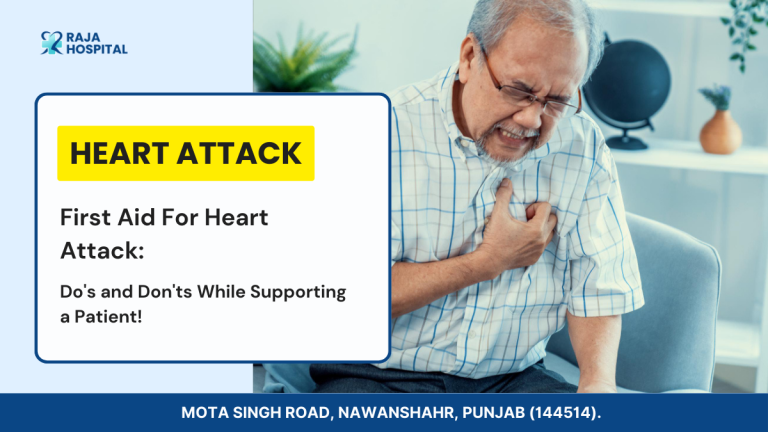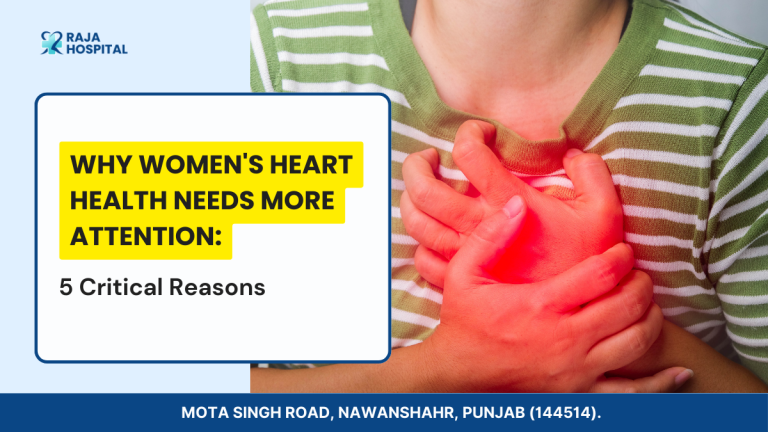Pacemaker Surgery in Nawanshahr: 5 Things to Avoid!
REVIEWED BY DR. RAGHAV VISHESH LUMB (MD MEDICINE, DM CARDIOLOGY ) on 20th March 2024.
Good heart health is essential to leading an active, rewarding life. At our hospital in Nawanshahr, we make every beat count. Surgery for a pacemaker—a procedure that promises a new lease on life for many—brought to the fore of our cardiac care. This article will be a thorough guide for you, shedding light on how our expertise in pacemaker surgery can redefine your health journey.
What is a Pacemaker?
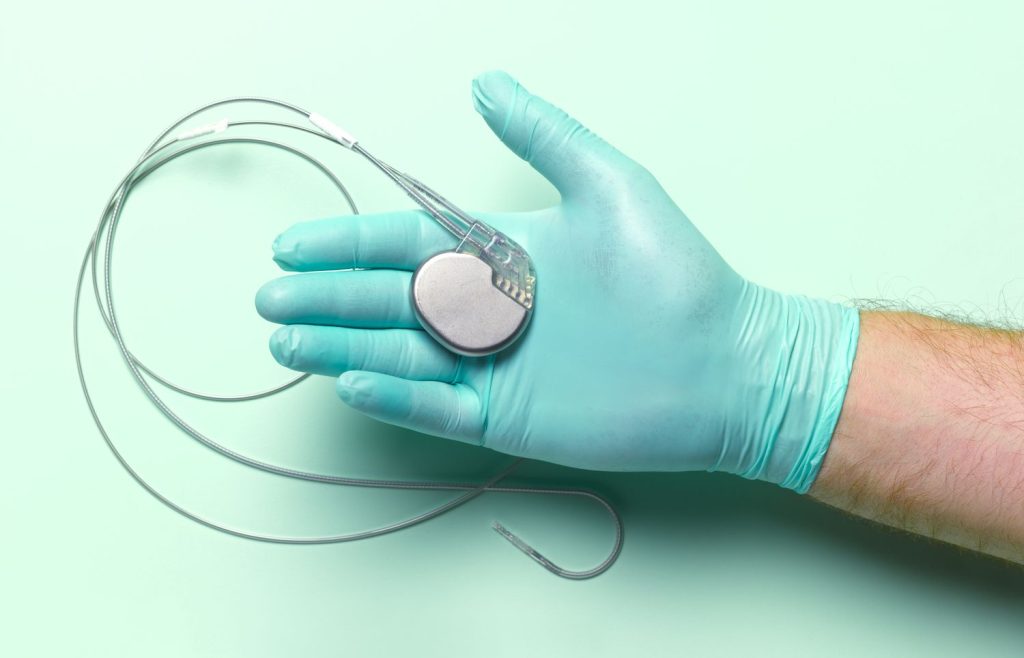
A pacemaker is a small device that sends electrical impulses to your heart muscle to help establish a normal rhythm. It is, therefore, like a guardian angel for your heart, intervening whenever your heartbeats are too slow, too rapid, or irregular. All these different types of pacemakers have one thing in common, though: they serve the same noble purpose of keeping your heart beating at the right pace.
Types of Pacemakers
There are some varieties of pacemakers, which are designed for certain requirements:
Single Chamber Pacemaker: This may be deployed in the right atrium or the right ventricle. It is placed here and not here like a soloist singing a beautiful melody.
Dual Chamber Pacemaker: It functions like a duet, the coordination of timing between the right atrium and right ventricle harmonizing together.
Biventricular pacemaker: Cardiorhythmia, using the synchronized method, helps lower chambers of the heart beat simultaneously, like the way a synchronized swimming team does.
When Do You Need a Pacemaker?

Your condition may warrant the insertion of a pacemaker if you suffer from such heart ailments as arrhythmia, heart block, or insufficiency, whereby your heartbeats are irregular. A pacemaker is a medical device that controls the heartbeat in cases where the heart’s natural rhythm is too slow, too fast, or irregular. Most likely, a pacemaker may be in need of the following conditions:
- Bradycardia: This is a condition where the heart beats too slowly. A pacemaker can help maintain an adequate heart rate, ensuring that the body can, in time, receive blood rich in oxygen.
- Heart Block: A condition where the electrical signals that regulate the beating of the heart get interfered with, partially or even wholly. This may be translated to mean the heart beats irregularly or bradycardia.
- Atrial Fibrillation: A very common arrhythmia that, over time, can affect the heart. At times, besides other treatments, pacemakers are used to control atrial fibrillation.
Heart Failure: A biventricular pacemaker is an excellent device that is used in some cases of heart failure to help the heart beat more synchronized between its chambers, therefore improving heart function.
- Syncope (Fainting Spells): Syncope, if due to a slow rate of contraction, may be advised to undergo a pacemaker implantation.
- Congenital Heart Disease: Some are born with heart conditions affecting the rhythm of the heart. They require a pacemaker to set it right in children.
- Recovery from Heart Surgery: Occasionally, a pacemaker is required temporarily after heart surgery if the surgery affects the heart’s natural electrical system.
- Medication-induced Bradycardia: Many medicines can result in excessively reduced heartbeats. In case the adjustment of medication is not feasible or cannot correct the condition, then a pacemaker may be considered.
These symptoms include fatigue, dizziness, fainting spells, or heartbeats that your heart may be exhibiting as a sign of its cry for help. In this way, a pacemaker is the answer to such calls and offers a chance to live without the constant worry about the rhythm of your heart.
Remember that symptoms would not be the only reason for implanting a pacemaker. The final criterion to implant a pacemaker would rather be the variety of factors that include the underlying heart condition and findings from different tests of the heart function.
However, the healthcare provider is the one to best advise if one would be needed, given the specific conditions of an individual.
What is Pacemaker Insertion?
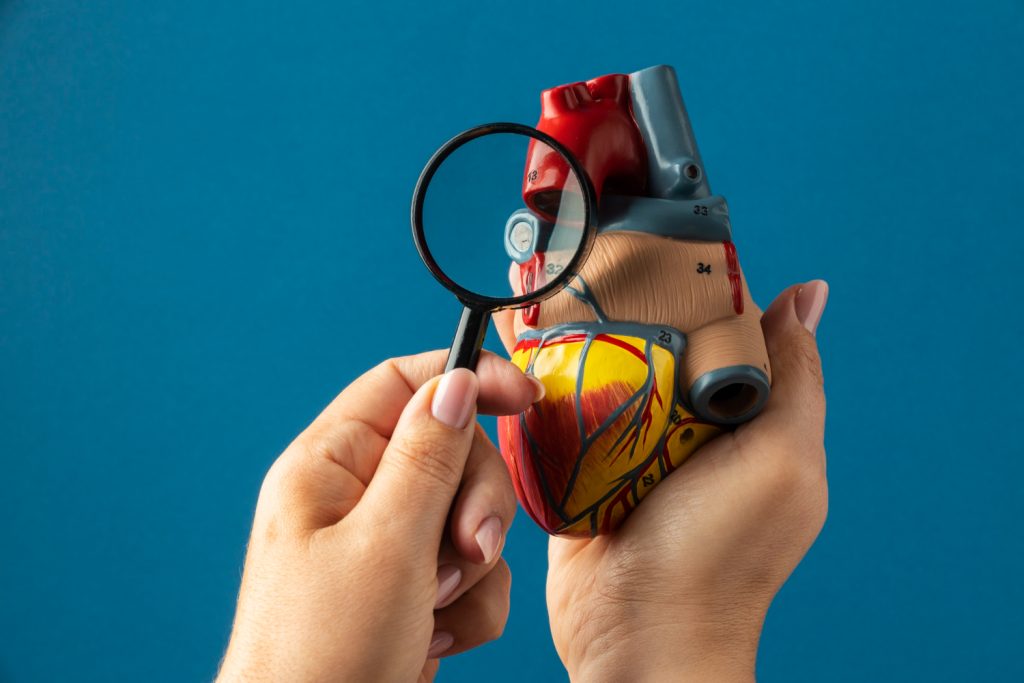
Pacemaker insertion is a surgical method carried out in case of an implantation of a small device that can be helpful in regularizing the heartbeat into the chest of a patient. This procedure is generally recommended for people with abnormal heart rhythms (arrhythmias), especially those that cause the heart to beat too slowly (bradycardia). It helps the heart give its regular rhythm to allow the body to receive an adequate amount of blood by sending electric impulses to the heart.
Let’s understand the procedure of Pacemaker Insertion:
Pacemaker Insertion Procedure Preparation: The procedure is usually performed while the patient is wide awake, although local anaesthesia is provided at the site of pacemaker lead entry in order to anaesthetize it.
Insertion: Through a small incision near the collarbone, one or more leads (wires) are advanced to the heart from a vein with the aid of fluoroscopy (a type of X-ray “movie”).
Connection and Testing: The leads are connected to the pacemaker, which is tested for the right working. The device itself is implanted subcutaneously in the chest just underneath the collarbone.
Closure: The incision is closed with sutures, adhesive, or both.
Precautions After Surgery

The following are the precautions to be followed post-pacemaker surgery for better recovery and not to come across any complications:
- Following post-surgery instructions from doctors.
- Keeping the incision area dry until advised.
- Avoid heavy lifting (over 5-10 lbs) for 4-6 weeks.
- Limit arm movements above the shoulder on the implanted side.
- Watch for signs of infection at the incision site.
- Carry your pacemaker ID card always.
- Inform healthcare providers about your pacemaker.
- Avoid strong magnetic and electrical fields.
- Wear a medical alert bracelet.
- Avoid engaging in contact sports and activities risking a blow to the pacemaker.
You will need to talk very clearly with your healthcare provider about your recovery and the special precautions that should be taken in the account of your case.
Pacemaker Battery Life
The life of a pacemaker battery can be between five to fifteen years, based on usage. Checkups done in regular timeframes will measure battery life equally with pacemaker function.
Pacemakers in Life Expectancy

Many people with pacemakers lead full, active lives; the device can greatly improve life expectancy by keeping a steady heart rhythm.
Conclusion
Pacemaker surgery offers a ray of hope to many whose hearts fail to beat in rhythm. Nawanshahr is one such place where now these patients can take the benefit of this life-enhancing technology. If you have been dealing with heart rhythm challenges, maybe it’s time to make an appointment with your cardiologist to discuss the prospects of pacemaker surgery.
Taking care of your heart is taking care of your life, which becomes longer and happier. Living in Nawanshahr and understanding that a pacemaker can do your heart some good—give us a call on the telephone, and we shall help you to make your heart healthier.
Time to set your heart rhythm right, once again? Get in touch with us for a consultation and learn how pacemaker surgery in Nawanshahr could be beneficial for you. Your heart is your life’s drumbeat, and keeping the rhythm is our business!

